This is a subtitle for your new post

Have you ever walked over rocks in a stream and found yourself trying not to fall because the rocks were so slippery? The thin layer of goo that makes the stones slippery is something called a biofilm. Biofilms are found throughout nature, even in our bodies, eventually becoming a source of chronic diseases. The story on biofilms is impressive, as you will find out in this article.
A biofilm is a complex structure adhering to surfaces that are regularly in contact with water, consisting of colonies of pathogens that secrete a mucilaginous protective coating in which they are encased. Another definition is biofilms are thin films of mucus created by and containing a colony of bacteria and other microorganisms. The simplest explanation I came across referred to biofilms as “slime .”Biofilms can be formed anywhere water is present.
The pathogens that make up biofilms can consist of bacteria, parasites, fungi or viruses, or a combination of the four. They encase themselves in a protective coating that you might think of them having a shield to protect themselves. The biofilms allow the pathogens to reproduce and leach toxins into our systems while being protected.
A concern in the medical community is biofilms found on medical devices and tubing, which can eventually lead to chronic infections. One of my nieces, a Ph.D. chemist, was working on a project involving catheter tubing impregnated with ingredients that could inhibit biofilm formation with the hope of bringing a product to market. My conversations with her were always enjoyable because not everyone understood or appreciated her work, and I was able to understand her challenges to a degree.
Biofilms may be created out of survival as microbes bunch together. Our bodies may also develop biofilms to isolate microbes, so they don’t spread. When they bunch up, the microbes secrete a gel-like substance that binds to sugars, proteins, metals, and minerals, creating the shield that protects them. Another mechanism of biofilm formation is utilizing pro-inflammatory proteins in our body called Galectin-3, a sticky protein. Galectin 3 plays a part in chronic inflammation, tumor growth, and metastasis. The protein creates a lattice structure or backbone of the biofilm that protects tumors allowing cancer to defend itself.
Bacteria bunched together in a biofilm colony can be 1000 times more resistant to antibiotics than bacteria floating on their own throughout our bodies. Another concern has to do with bacteria that are left behind after treatment with antibiotics because those bacteria can then reproduce and start the process over. This reproduction may be a reason that if you have received treatment with a course of antibiotics and feel better while on the antibiotic, then days or weeks later, you have a recurrence of the same type of infection.
Biofilms can cause the following problems: kidney stones, endocarditis, ear infections, and diabetic ulcers. Another area of the body where we see biofilms and can help treat them is the sinus passages. It is a challenge to get antibiotics into the sinus areas, mainly due to the lack of blood flow to these areas resulting in the need to treat sinus infections longer than other types of conditions. More prolonged treatment exposure can allow the microorganisms to adapt better and ultimately create these biofilms.
Who is susceptible to biofilms?
• Everyone – but most are not clinically significant.
• Those with positive lab tests that won’t clear with a standard of care treatment
• Those who clear one infection only to get another or another group
• Those with chronic GI infections that are unresponsive to treatment
• Any chronically ill person
How do we best attack biofilms? We have several natural “biofilm busters” including curcumin, berberine, mastic gum, cloves, garlic, oregano, and bismuth. These nutrients can be found in combination formulas that can be less harsh on the system than long-term antibiotic therapies. (Combination products linked where available).
When taken on an empty stomach before an anti-microbial treatment, specific enzyme formulations can dissolve the biofilm matrix and allow the treatment to exert its effect better. Probiotics can help restore balance to the digestive system, providing a protective benefit in the fight against biofilms.
EDTA is a chelator that binds to metal that can be easily removed from the body. Suppose you have a significant heavy metal load. In that case, these microorganisms can use the metals to create biofilms, so testing and eliminating heavy metals can be a helpful way to improve your overall health. EDTA is something we often include in a nasal capsule formulation that is placed in a prepared solution, shaken up, and squirted into the sinus passages to treat chronic sinus infections.
Surfactants which are a component of soaps, reduce surface tension and are an easy, inexpensive way to break down biofilms in the sinus cavity. Adding a drop of baby shampoo (no more tears formulation) to your sinus rinse bottle can help break down the biofilms.
Modified Citrus Pectin or MCP is a citrus pectin modified to be useful against different conditions, specifically Galectin-3, cardiovascular disease, and kidney conditions. MCP is the only agent known to block and bind Galectin-3, which has pro-inflammatory, pro-fibrotic, and cancer-promoting actions. MCP’s ability to bind and block Galectin-3 allows it to halt and reverse certain disease states.
After being bombed with a lot of information on biofilms, what do you do with this newfound information? If you or someone you know has a problem with persistent bacterial infections, they may have a biofilm issue. It would seem logical to try a protocol to break down biofilms to see if you improve or get better results with the treatment you are undertaking.
If you want more information on biofilms, call the pharmacy @ 701-483-4858 or stop in to schedule a consultation. Please visit my website at www.irsfeldpharmacy.com to find this and other archived articles in the blog section.
Until next time, be vigilant about your health!!!
VISIT US
HOURS
HOURS
CONTACT US
Fax #: (701) 483-4926



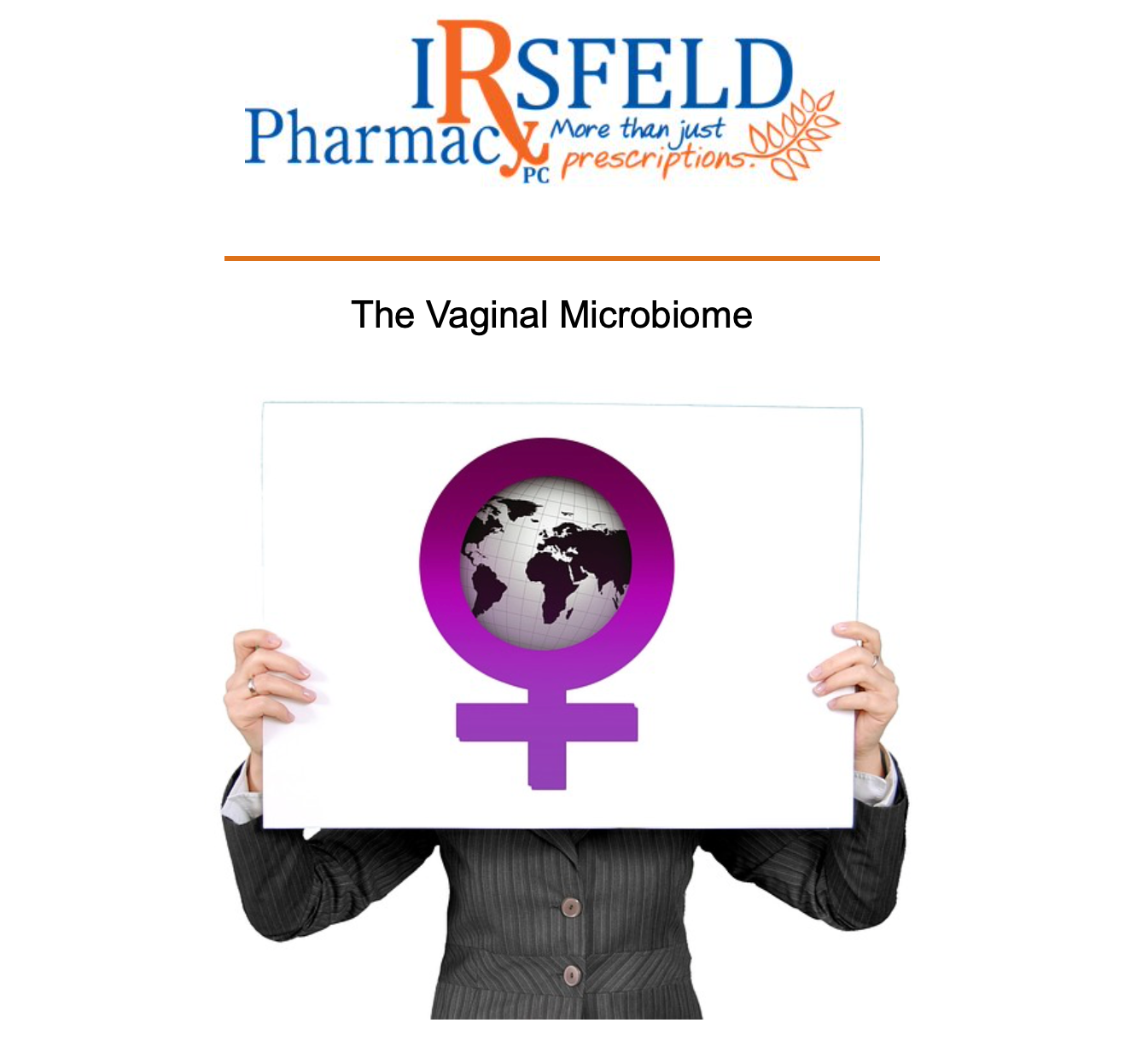
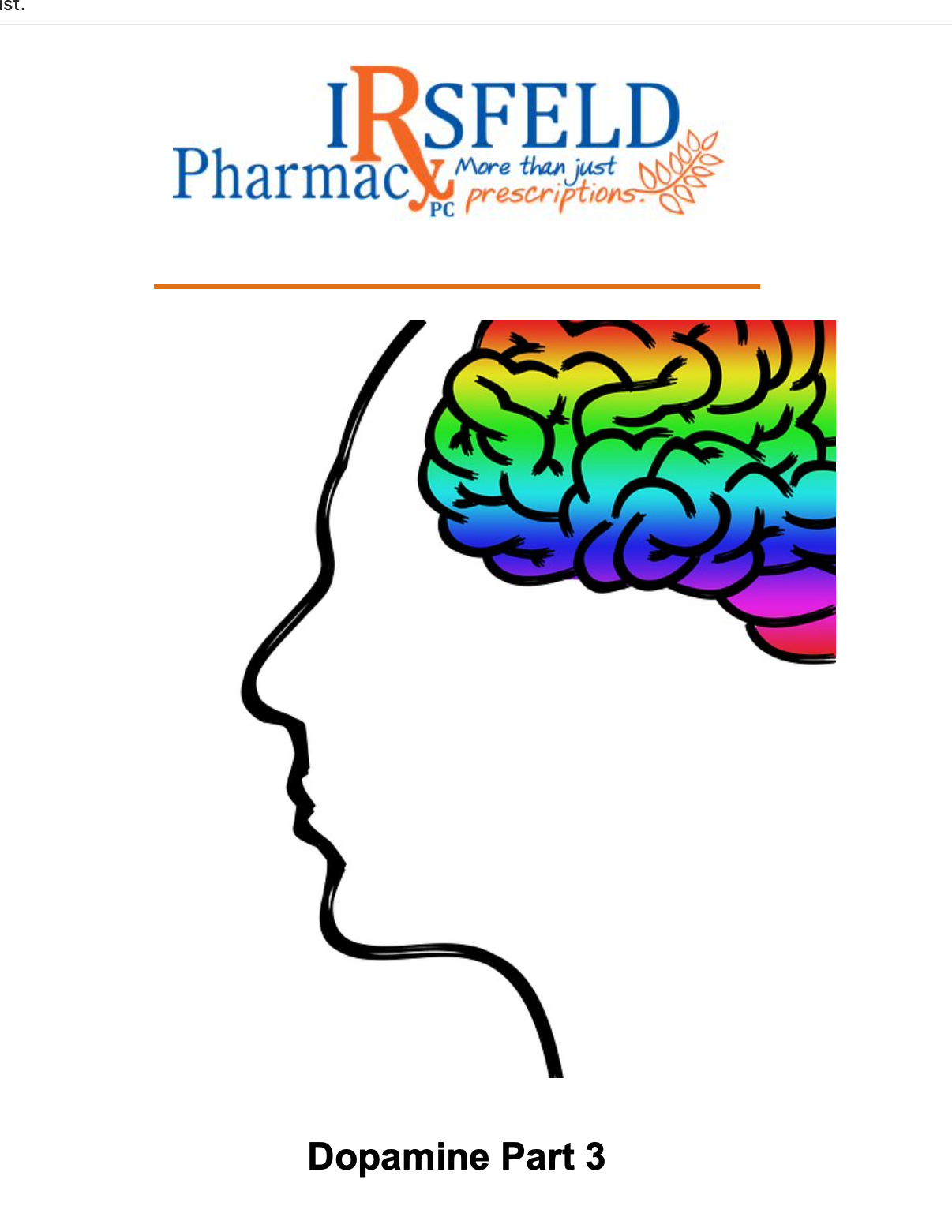
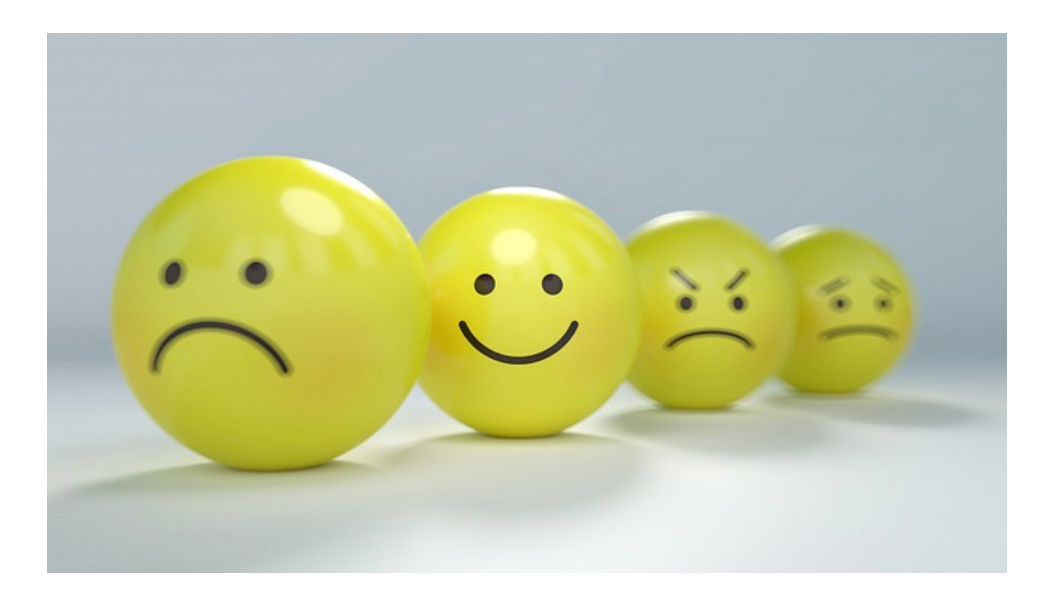
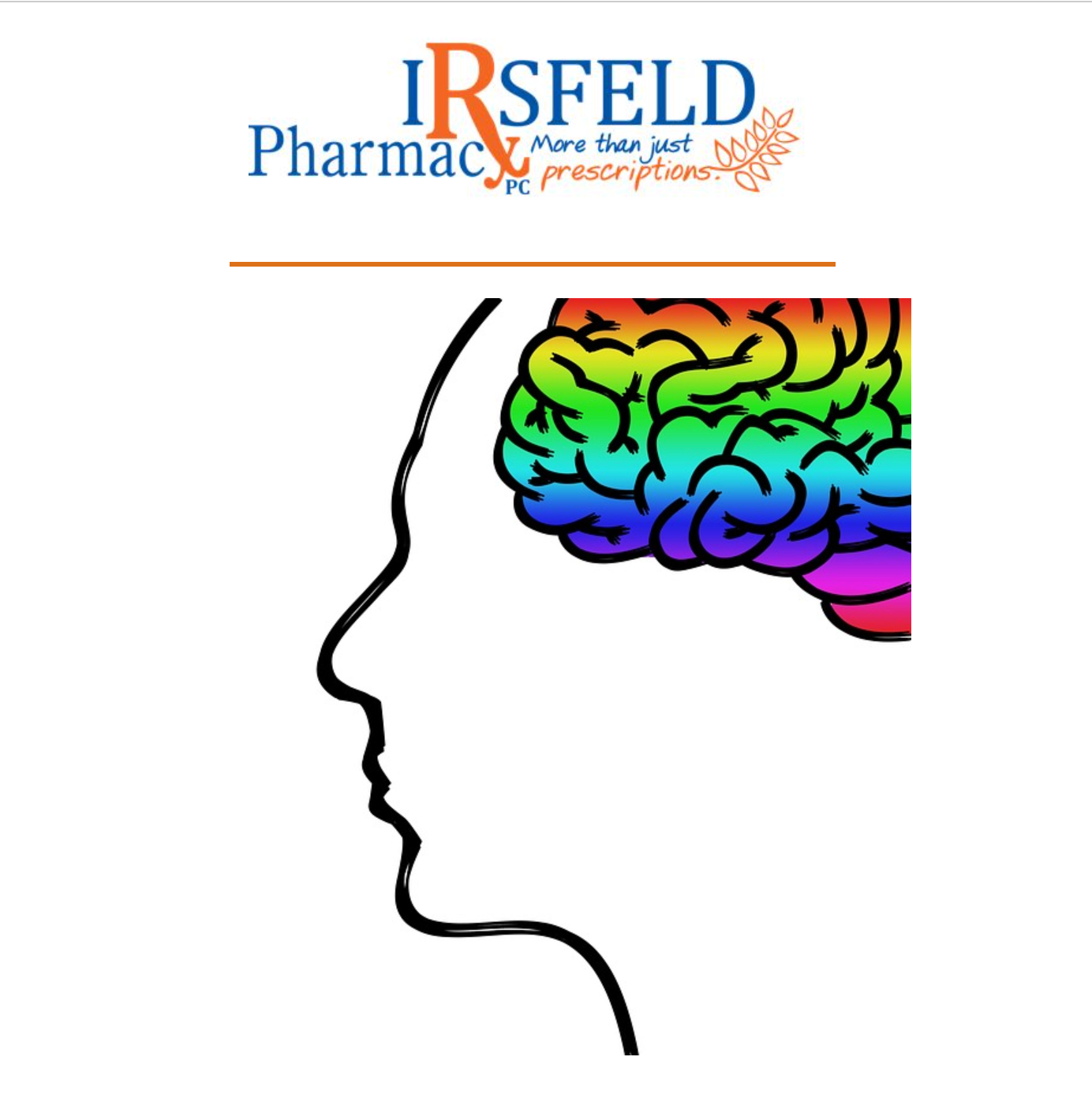
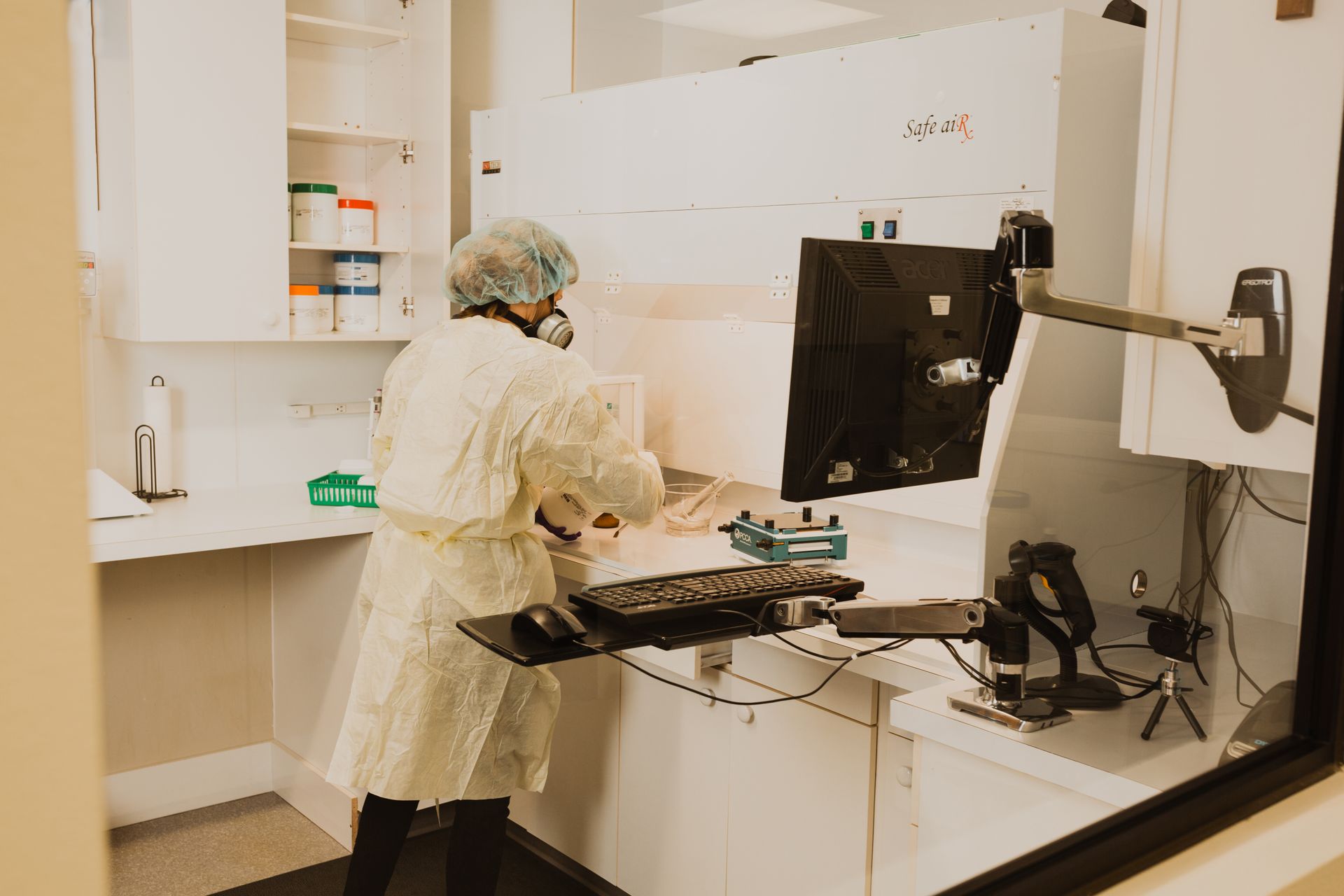


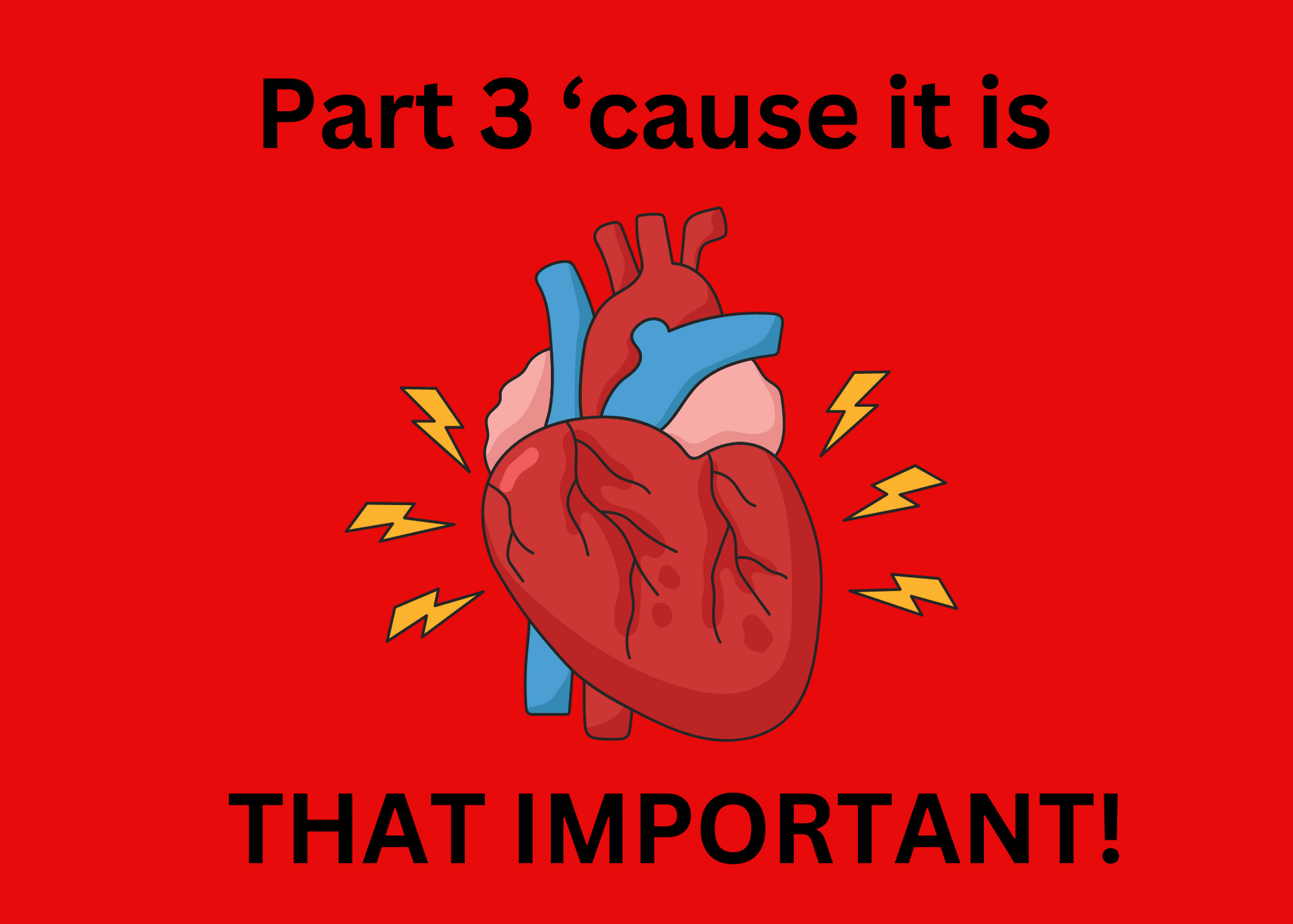
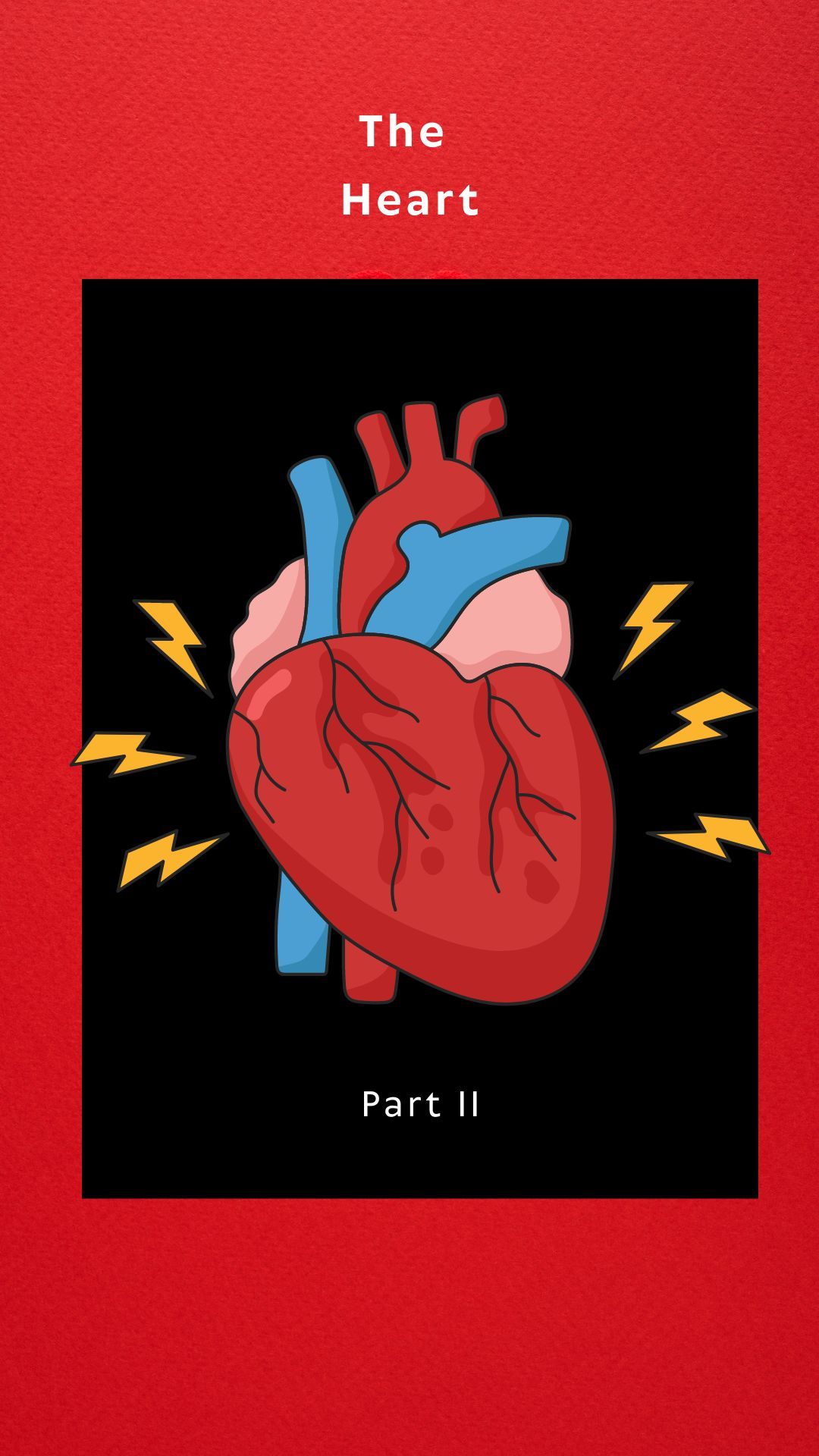
Share On: